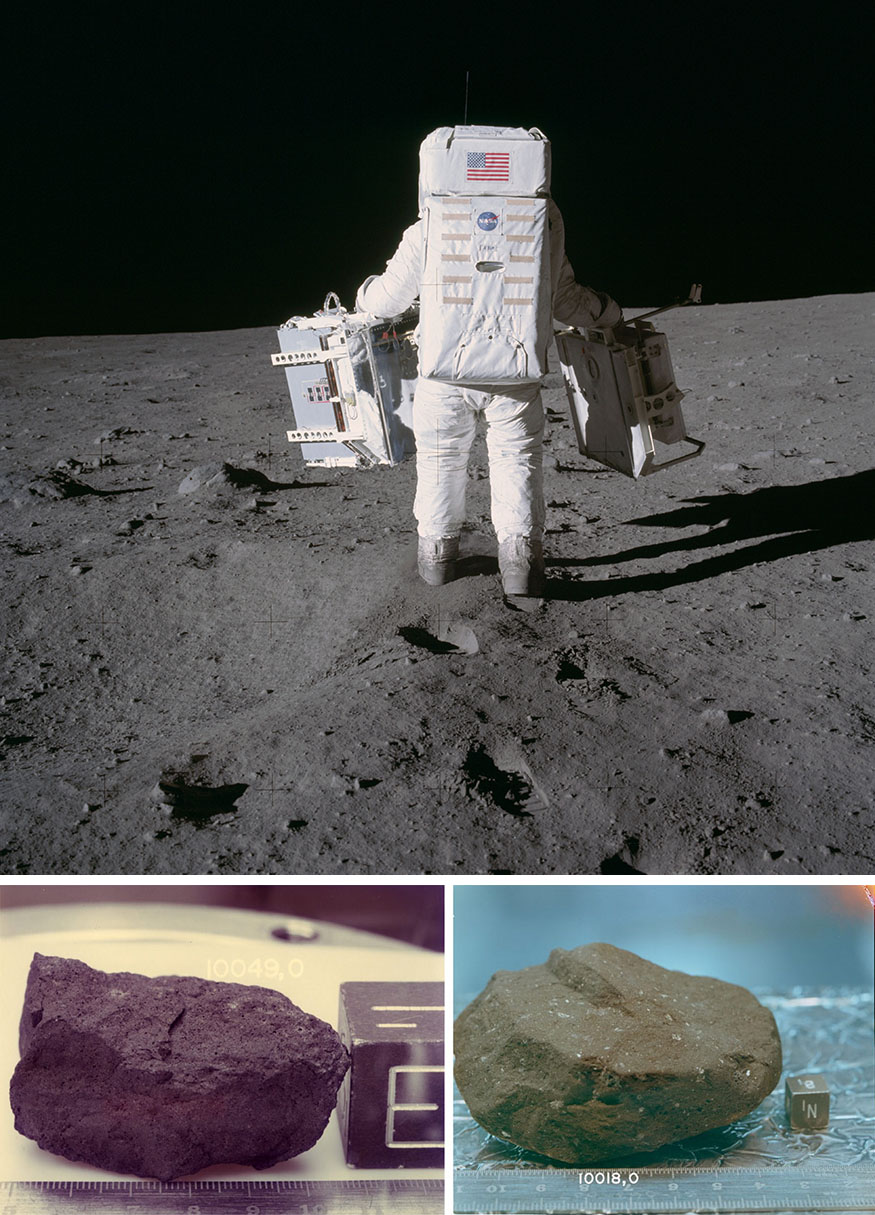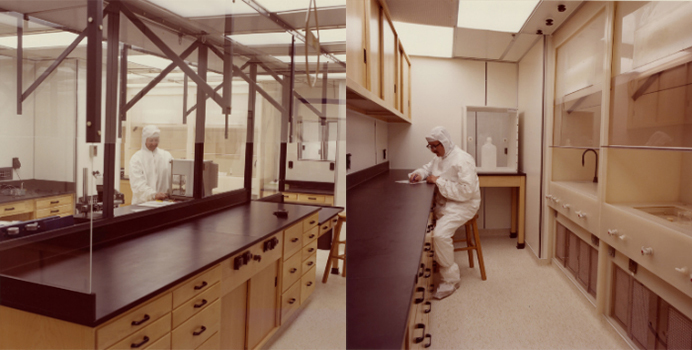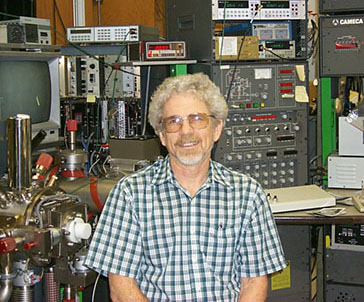Foundations: Cosmochemistry
Mass spectrometry expertise at LLNL has led to measurements of the first samples returned from the Moon and research that furthered our understanding of the origin and evolution of the solar system.
Lawrence Livermore’s connection with cosmochemistry—the study of planetary materials to understand the origin and evolution of our solar system—started in the 1960s. Because isotope ratios were crucial to the national security mission, LLNL (then called Lawrence Radiation Laboratory) was a hub of isotopic ratio measurement activity and a world leader in mass spectrometry. LLNL’s experience in this space became directly relevant to cosmochemistry in 1969 when Apollo 11 returned a significant mass of lunar material to Earth. At that time, planetary scientists foresaw that mass spectrometry analysis would be key to understanding the formation and geologic evolution of the Moon and other planetary bodies in the solar system.
Connections between researchers at LLNL and the California Institute of Technology—one of the hubs of early lunar research—put mass spectrometry in focus as a tool of choice for the returned Apollo samples. Starting from concepts and designs at LLNL and other institutions doing state-of-the-art mass spectrometry analysis, Caltech built the labs and instruments that were the basis of many of the early discoveries associated with the Apollo program.
A mass spectrometry renaissance at LLNL
By the late 1970s, mass spectrometry innovations for cosmochemistry outpaced the needs associated with the nuclear weapons complex, and LLNL fell behind. At the same time, mass spectrometers became commercially available for purchase. To counter the decline of LLNL’s analytical capability in this field, LLNL made strategic investments to bring commercial mass spectrometer instruments onsite. The first installed were a Nuclide 6-60 mass spectrometer to measure the isotopic composition of noble gases and a VG 354 thermal ionization mass spectrometer to permit isotopic measurement of additional elements.
To stay at the forefront of scientific research in this area, LLNL leadership decided to target hiring cosmochemists from the academic community. This focus created a nascent cosmochemistry research program at LLNL, and with it, a de facto pipeline for new hires with a focus on innovative chemical separation techniques and mass spectrometry analysis.
For this program to be competitive, however, LLNL needed to expand its analytical capabilities. The expansion led to an onsite, state-of-the-art clean laboratory facility that enabled handling extraterrestrial materials with minimal contamination from terrestrial sources. The laminar-flow-style hoods first designed and developed for this clean laboratory protect both the samples from contamination and the workers from potential exposure to harmful acid fumes. They are now industry standards and commercially available for similar facilities around the world.
LLNL’s analytical capability expansion included investing in new types of mass spectrometers to study debris diagnostics from nuclear testing, radionuclide movements in the environment, and isotopic signatures of extraterrestrial materials. Notable additions included:
- Another Nuclide 6-90 and a pair of VG 5400 noble gas mass spectrometers
- New sample processing systems
- A VG Plasmaquad inductively coupled mass spectrometer
- An ion microprobe mass spectrometer
With this state-of-the-art instrumentation, LLNL scientists studied the earliest objects to form in the solar system along with tiny precursor materials (presolar grains) produced in dead stars older than the solar system.
In the 1990s, LLNL’s cosmochemistry research shifted focus to early solar system chronology and the parallels between cosmochemical measurements and nuclear forensics. This focus—coupled with a workforce trained in high-precision isotopic measurements—allowed basic scientific research to thrive while also satisfying crucial national security needs. This connection remains today.
Modern cosmochemistry research at LLNL
Today’s cosmochemistry research is wide-ranging but grounded in the analysis of samples returned by space flight missions as well as meteorites and their components. LLNL’s world-class equipment is the primary driver making this research possible. Expansions such as new instrumentation as well as a new clean laboratory complex dedicated to cosmochemical research will continue to make this research possible into the future.
Key dates
1969
Apollo 11 samples kickstart cosmochemistry science
1978
Strategic investments establish cosmochemistry research program at LLNL
1984
Revolutionary clean laboratory opens, expanding the type of cosmochemistry research possible
1993
Cosmochemistry research shifts focus to parallels between cosmochemical measurements and nuclear forensics
Image gallery


The blueprint for the clean laboratory installed at LLNL in 1983.
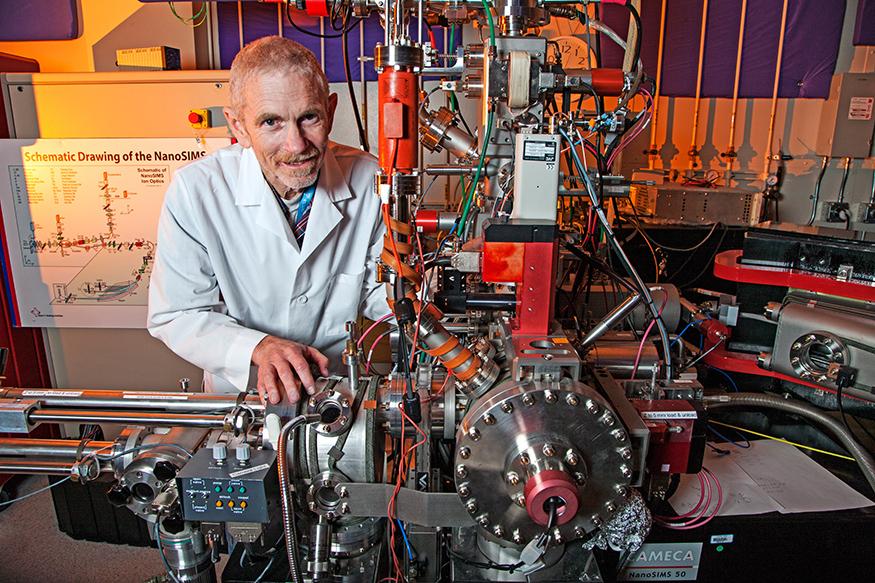

Ian Hutcheon at the NanoSIMS (secondary ion mass spectrometry) instrument used to study samples from the Stardust mission.
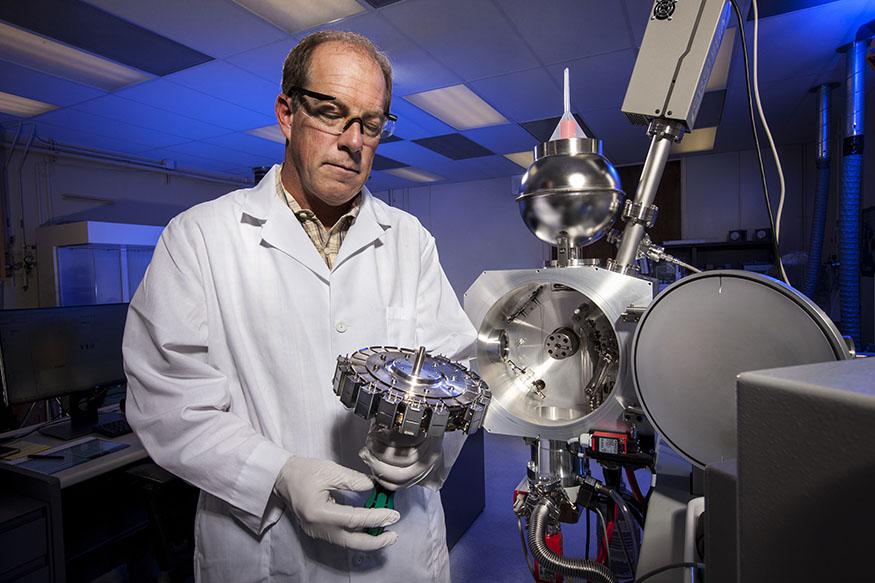

Researchers used a thermal ionization mass spectrometry (TIMS) instrument installed in 2009—pictured here with Lars Borg—to date the formation of the Moon.
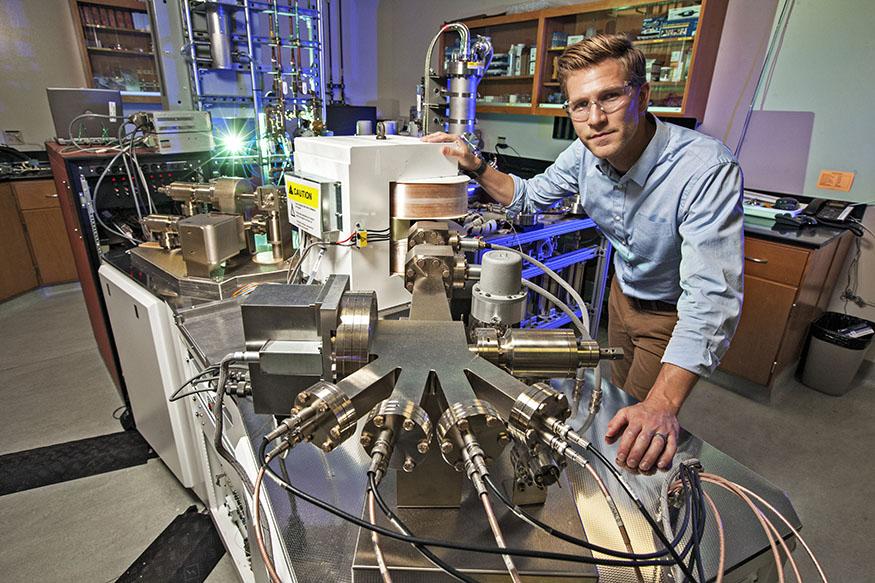

Bill Cassata and one of the two the Noblesse HR mass spectrometers installed at LLNL in 2013.
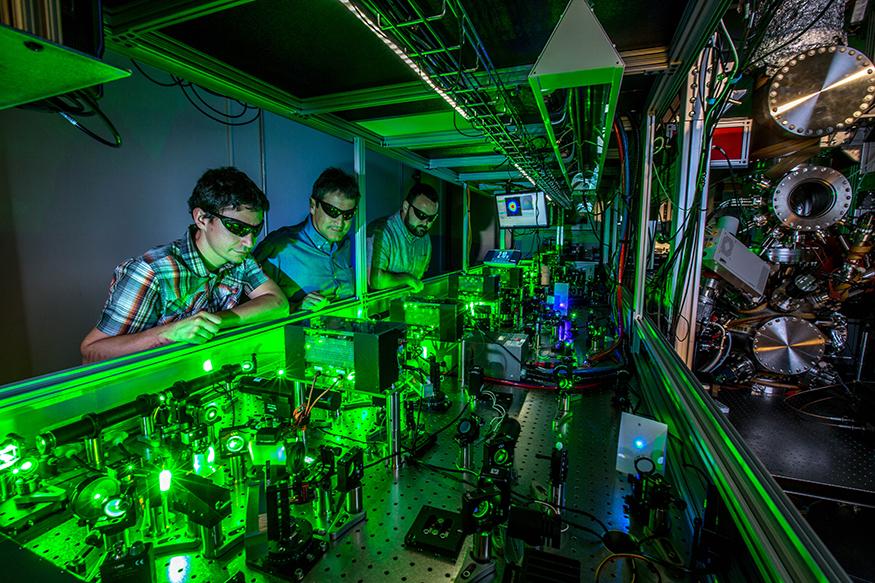

The laser ionization of neutrals (LION) instrument, installed in 2016, is capable of measuring the compositions of individual stardust grains.
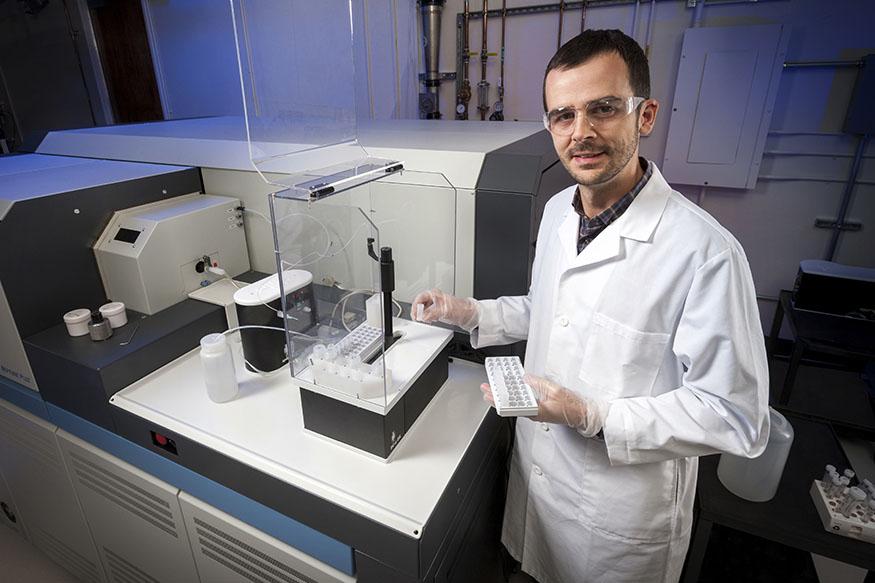

Josh Wimpenny at the Neptune inductively coupled plasma mass spectrometry (ICP-MS) instrument—installed in 2017—used to measure the compositions of cosmochemical samples.
Select publications
Meteorite constraints on Martian atmospheric loss and paleoclimate | Earth and Planetary Science Letters, 2017
W.S. Cassata
Chronological evidence that the Moon is either young or did not have a global magma ocean | Nature, 2011
L.E. Borg, J.N. Connelly, M. Boyet, R.W. Carlson
Constraints on the Formation Age of Cometary Material from the NASA Stardust Mission | Science, 2010
J.E.P. Matzel, H.A. Ishii, D. JoswiakI, D. Hutcheon, J.P. Bradley, D. Brownlee, P.K. Weber, N. Teslich, G. Matrajt, K.D. McKeegan, and G.J. MacPherson
Lead Isotopic Ages of Chondrules and Calcium-Aluminum–Rich Inclusions | Science, 2002
Y. Amelin, A.N. Krot, I.D. Hutcheon, A.A. Ulyanov
Water on Mars: Clues from deuterium/hydrogen and water contents of hydrous phases in SNC meteorites | Science, 1994
L.L. Watson, I.D. Hutcheon, S. Epstein, E.D. Stolper
Direct determination of the half-life of 187Re | Geochimica et Cosmochimica Acta, 1989
M. Lindner, D.A. Leich, G.P. Russ, J.M. Bazan, and R.J. Borg
Oxygen Isotopes in Refractory Stratospheric Dust Particles: Proof of Extraterrestrial Origin | Science, 1987
K.D. McKeegan
Ubiquitous isotopic anomalies in Ti from normal Allende inclusions | Earth Planet. Sci. Lett., 1981
S. Niemeyer and G.W. Lugmair

